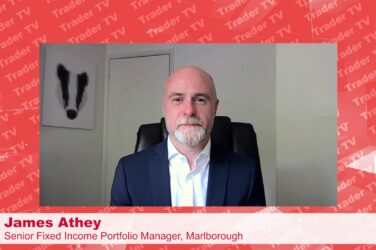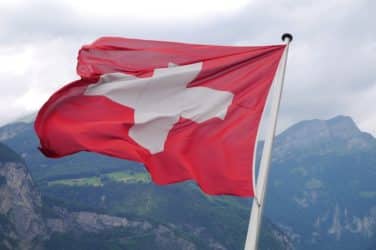Bubbles come and go. There was the Dutch tulip bubble of the 1600s, the Internet bubble of 2000 and, of course, the housing bubble of 2007. Though we’ve wised up to the mistakes of the past, we have still yet to accurately predict when we’re officially in some kind of bubble economy. And for some investors, the bubble now isn’t in social media stocks or IPOs with insane valuations—it’s in fixed income.
One could argue that a bubble has tell-tale signs that foreshadow events to come. Others look at raw data and determine their own hypothesis. The latter applies to most of the investors on the Street, who view the expanded low-yield environment propagated by the Federal Reserve as one catalyst. The trouble occurring in Europe and slow growth in China has had investors both domestic and foreign rushing into Treasuries, pushing yields down to 1.8% on the 10-year note and driving prices sky-high.
The pressure on Treasuries is only one part of the bubble, though. As investors search for yield, they’ve been exploring asset classes that perhaps they haven’t dabbled in before. This includes high-yield corporate debt, which has soared in demand in the past three months, according to data from asset manager BlackRock. Similar to the situation in the Treasury market, the rush to corporates has pushed prices up and yields down.
Greece, Spain, Portugal and the rest of the European brat pack are showing indications that they cannot manage their debt and, in fact, want more of it—effectively putting off austerity measures indefinitely. European banks, despite guarantees from the central bank and International Monetary Fund, just don’t want to take on the risk any more. They are now looking at safer bonds and assets and they are here in America.
However, when the Treasury market can no longer deal with the depressed interest rate environment, the bubble will burst. Should the Fed raise rates in the near term, financial institutions will find themselves stuck with low-yielding assets on their balance sheets and thin liquidity–hardly what anyone, including the U.S. government, wants to hear. And with the Fed going on the record saying that rates will remain low through 2014, the question remains: what happens in 2014?





